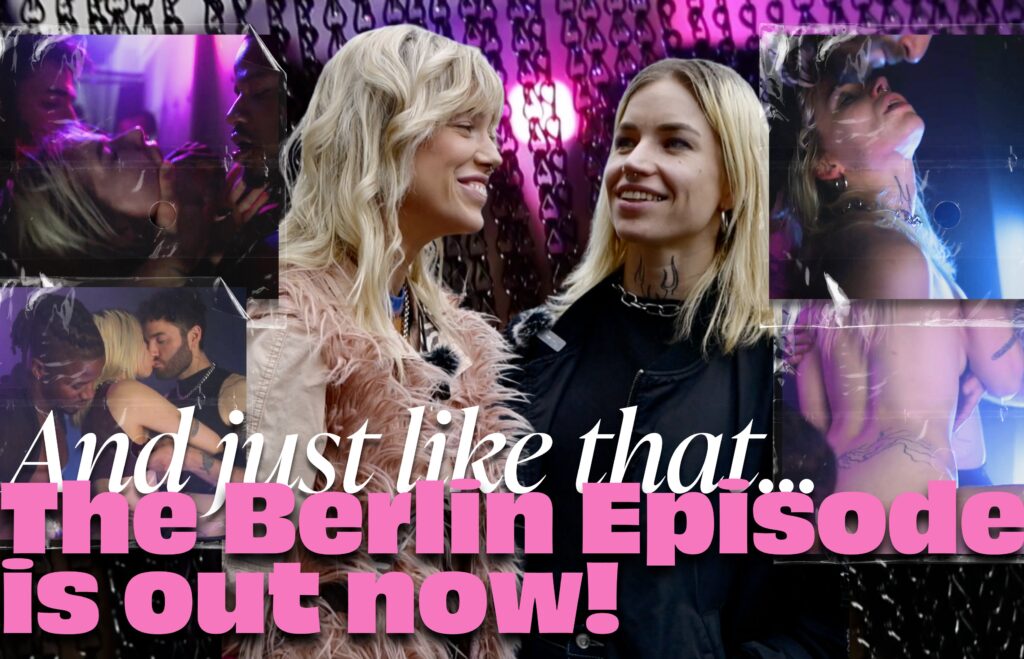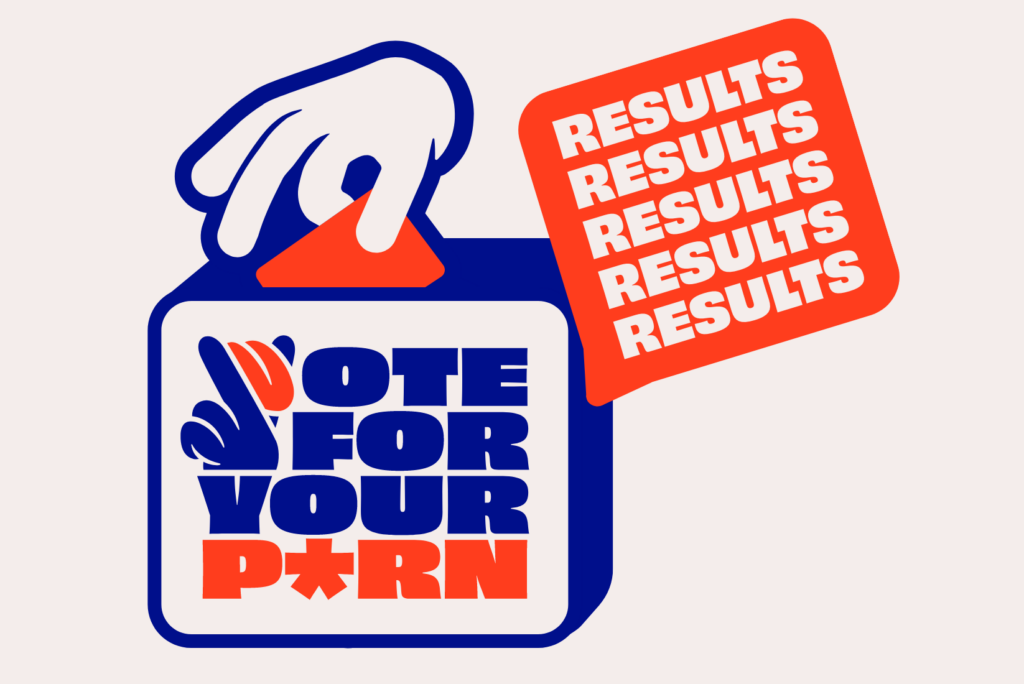A
Anchor Partner
The term anchor partner is often used by folks who practice egalitarian polyamory or relationship anarchy.
C
Compersion
This is a coveted feeling in ethical non-monogamy! Compersion describes the happiness you feel for your pals’ happiness. Basically, compersion is an extension of empathy and occurs when folks practice gratitude and collaboration with their metamours instead of being fearful and competitive. Many folks think that compersion will occur out of the blue, but like any optimistic emotion, it is experienced more frequently when you practice!
Consensually Alternative Relationships (CAR)
I use the term consensually alternative relationships (CAR) to further expand the ethical non-monogamy umbrella and include all the folks resisting conventional relationship scripts. CAR includes folks practicing deliberate monogamy, who choose to be single, and those who are asexual and/or aromantic. I work with a lot of people who have realized that conventional monogamy does not work for them philosophically yet prefer dyadic partnerships in practice. CAR offers a polyamorous framework for people who might still wish to have exclusive aspects of their relationships.
D
Don't Ask, Don't Tell (DADT)
Beyond parallel polyamory exists Don’t Ask, Don’t Tell relationships. This means that couples have an agreement that they are open but do not tell each other about the other people they are dating or sleeping with. I have no doubt there are folks out there who are practicing functional and ethical forms of DADT, but fair warning, this is often a covert sign that someone is actually cheating on their partner! If you meet someone who practices DADT, make sure to ask plenty of questions and ideally see some proof that the other partner is in fact open and on board with this arrangement.
Dyadic Partnerships
Dyad simply means “a group of two.” I use this term instead of monogamous couples, because not everyone who is dating only one person is in an exclusive relationship. Many ethically non-monogamous folks feel like they aren’t polyamorous enough if they don’t have multiple partners at once, but there are plenty of reasons and situations when non-monogamous folks end up with a single partner but still don’t wish to be monogamous.
E
Egalitarian Polyamory
Egalitarian polyamory, also known as non-hierarchical polyamory, resists ranking partners, distributes resources flexibly depending on immediate need, and prioritizes lateral power distribution. While obvious real-world constraints limit pure equality in relationships, egalitarian polyamory forms a theoretical framework to help to organize multiple partners within a polycule without ascribing importance.
Established Relationship Energy (ERE)
Ethical Non-Monogamy (ENM)
Ethical non-monogamy is an umbrella term that includes a variety of different multi-partner structures that can be polyamorous, polysexual, or both! A few examples of ethical non-monogamous structures include open relationships, hierarchical polyamory, egalitarian polyamory, swinging, poly-fidelity, solo-polyamory, and relationship anarchy. Each subcategory has its own set of parameters but all relationships are practiced with everyone’s knowledge.
Some folks object to the qualifier “ethical” arguing that it places an unnecessary moral judgment on these types of relationships. I find that it is important to distinguish ethical non-monogamy from cheating, so encourage people to use this qualifier as a reminder that all parties must give informed consent in order for multi-partner relationships to be valid. Cheating can happen regardless of the structure folks practice, but it is not the same as ethical non-monogamy!
G
Garden Party Polyamory
This term describes the degree that metamours interact with each other. Garden Party Polyamory means that metamours have an amicable relationship with one another and share space on special occasions, such as a hinge’s birthday. Other options include kitchen table polyamory, parallel polyamory, and Don’t Ask, Don’t Tell.
H
Hierarchical Polyamory
Hierarchy in polyamory refers to the allocation of resources and decision-making priority. Hierarchical polyamory means that folks have a primary/secondary partner structure. Many established partners who open their relationships after being monogamous prefer hierarchical polyamory because it allows them to feel prioritized and retain some control.
Hinge Partner
In a V configuration, the hinge partner is the person who is dating two people who do not have other pals. More expansively, the term hinge is used to describe a shared partner. Hinges usually facilitate communication between their different partners and mediate any conflict or disagreements that might arise.
J
Jealousy
Jealousy describes a cluster of feelings including fear, sadness, anger, and insecurity. Many people have negative associations with jealousy and blame their pals for their suffering. Instead, learning to manage these feelings is really important for practicing ENM successfully.
K
Kitchen Table Polyamory (KTP)
This term describe the degree that metamours interact with each other. Kitchen Table Polyamory means that metamours have a platonic or romantic relationship with one another and spend time together fairly regularly. Other options include garden party polyamory, parallel polyamory, and Don’t Ask, Don’t Tell.
L
Limerence
Limerence refers to the obsessive thoughts that come from infatuation with partners. Most often, people experience limerence alongside intense new relationship energy, or when a new metamour is introduced into a polycule. These thoughts can be intrusive and consuming.
M
Metamours (Metas)
This term refers to your partner’s partner. Depending on the structure, metas may have close relationships with each other or only know about one another conceptually. Some folks struggle with a lot of jealousy and prefer to distance themselves from their metas, but most long-term functional polycules build security by developing respectful meta relationships.
Monoamory vs. Monogamy
Monoamory describes people who can only experience romantic attraction to one person at a time. Some folks are also monsexual, meaning they only experience sexual attraction to one person at a time. Depending on the circumstance, folks who are monosexual or monoamorous may want to practice ethical non-monogamy or other forms of consensually alternative relationship structures.
Monogamy, sometimes referred to as compulsory monogamy (compmono) or toxic monogamy, refers to the cultural belief that everyone must be in or aim for an exclusive, long-term, married dyadic partnership. While many people like being with one other partner, they may choose to practice forms of deliberate monogamy where they question the social relational scripts or to discard this framework altogether.
Mono-poly
This configuration describes couples where one partner is monoamorous and has no interest in having multiple relationships, and the other partner is polyamorous and desires to date many people. Sometimes mono-poly relationships look like Vees. What’s imporant to note is that this set up only works when both partners adhere to polyamorous theory. It is not considered mono-poly if the monogamous person does not want their partner to be polyamorous but feels forced to acquiesce in order to preserve the relationship.
N
Nesting Partner
Nesting partners refer to someone that you live with. While anchor partners describe a stable permanent partner you may or may not be married to or live with.
New Relationship Energy (NRE)
New relationship energy is the state of infatuation and excitement in the early stages of dating. NRE can feel all-consuming and make folks want to spend every moment of every day with their pals. NRE tends to last 3 months to a year, and it can drive folks to make rash decisions. It’s important to learn to manage NRE when you have other pals in order for everyone to still feel secure and validated.
O
Open relationship
Folks in open relationships tend to be polysexual but not necessarily polyamorous, meaning they want to have multiple sexual partners without establishing other relationships. This can look like having casual sex with strangers, going to play parties or sex clubs, swinging, or having friends with benefits.
P
Pals
I use the term pals to describe any significant folks who are in relationships with one another, regardless of the level of commitment or type of connection. Many polyamorous people struggle to find adequate language for all of their different partners, so pals offer a neutral egalitarian term!
Parallel Polyamory
Parallel polyamory means that partners may have met briefly or don’t know each other. They prefer to keep their relationships separate and don’t interact with one another. Other options include kitchen table polyamory, garden party polyamory, and Don’t Ask, Don’t Tell. All of these are equally valid options depending on metamours comfort levels and compatibility.
Poly vs. Polyam
In everyday speech, many people shorten the term polyamory to “poly,” however, with the rise of social media this has become a problem since poly refers to Polynesian folks! It’s generally better to abbreviate polyamory to polyam, especially in written form or as hashtags.
Polyamory
The term polyamory means “many love,” and refers to folks who seek and establish multiple committed partnerships. There are different types of polyamory, including some structures that prioritize platonic partners not just sexual or romantic pals.
Polycule
A polycule is the overall group of individuals consisting of pals and metas in interconnected relationships. Polycule refers to the network of relationships rather than describing a specific structure. Some polycules are open, meaning new folks are constantly being added, while others are closed, meaning the folks within the polycule do not date anyone outside. Certain polycules (like triads and quads) consist of individuals that are all in relationship with one another, while other polycules are composed of a constellation of parallel relationships.
Q
Quads
Quads are similar to triads except they involve four people. Quads can also refer to two swinger couples in an established dynamic.
R
Relationship Anarchy
Out of all the terms, this one gets misused and abused the most often! So let’s break it down. Anarchy means “having no ruler,” it does not mean chaos, free for all, or lack of respect. When applied to relationships, anarchy primarily describes a philosophy where no partner exerts control or dominance over other pals or metamours. In practice, relationship anarchy means that everyone gets to freely choose the parameters and agreements they desire with any given person. Many folks who practice RA, use the Relationship Anarchy Smorgasboard, a tool designed by Maxx Hill in 2019, to facilitate this process. Relationship anarchy requires a lot of communication to ensure that everyone is on the same page since these partnerships don’t follow any established relational script. Unfortunately, the term RA is often thrown around by folks who practice the complete opposite – they believe they can act however they want, disregarding the wellbeing of all their pals, and dodging responsibility for their actions. Not cool.
S
Swinging
Swinging, sometimes called swapping, is when established couples hookup with other established couples. Swinging can happen casually, regularly, at play parties, as on-going dynamics, and beyond. In the past, swinging has often been seen as a misogynistic practice, but many folks are now practicing swinging with more intentionality, especially in queer communities.
T
Triads
Triads, often called throuples, are a configuration where three people are all in a relationship with each other. Some triads are closed, meaning each member only sees people within the established group; while others are open, meaning all members are allowed to date outside of the group.
V
V / Vee Configuration
A Vee configuration consists of one hinge partner who is independently seeing two separate people. Unlike a triad, in which everyone is dating each other, metamours in a Vee don’t necessarily know or have a close relationship with each other. Vees can seem ideal to many folks, but they require a lot of emotional labour from the hinge partner who is usually responsible for providing jealousy support to two pals as well as mediating conflict, communication, and scheduling. It’s important for hinge partners in these relationships to be aware of how much capacity they have to give so they don’t end up burnt out.
W
Wibble
A wibble is a fleeting experience of spicy emotions or brief jealousy that passes quickly.
You will get unlimited access to
get start








